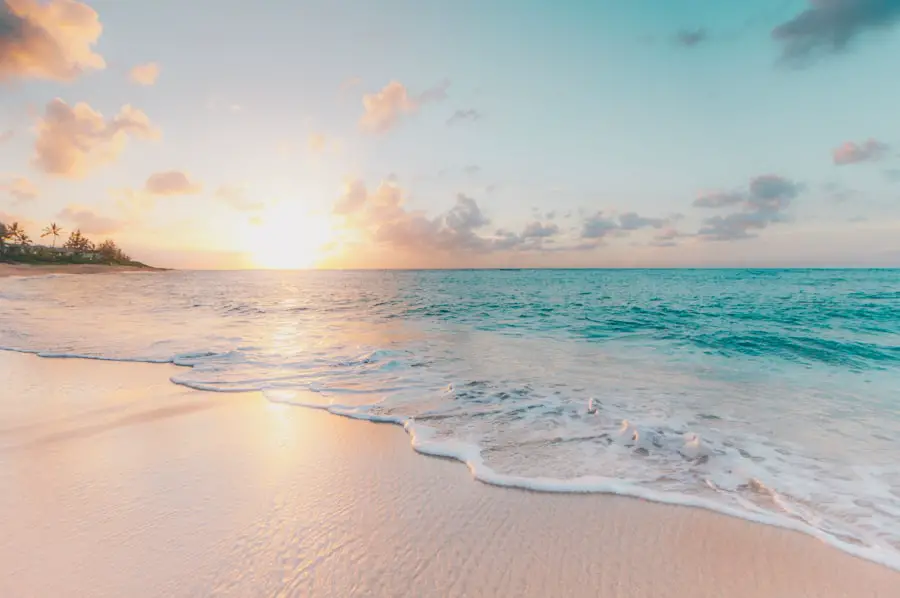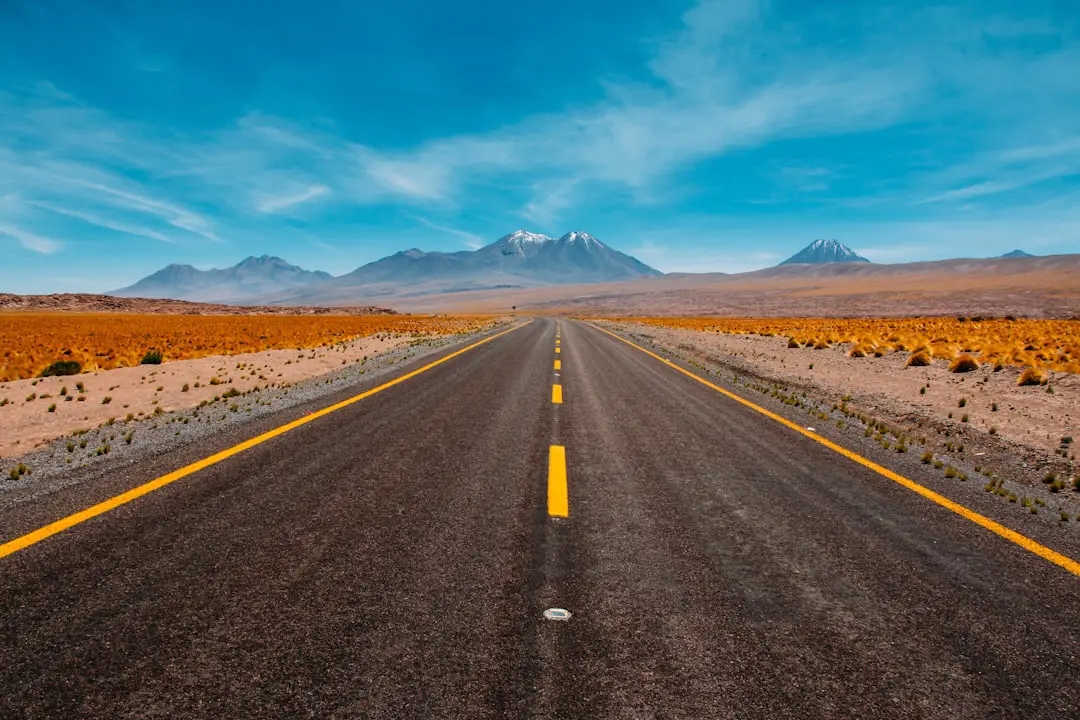The Serengeti, a vast expanse of savannah in northern Tanzania, is renowned for its rich biodiversity and iconic wildlife. However, the climate of this region plays a crucial role in shaping the ecosystem and influencing animal behavior. The Serengeti experiences a tropical savannah climate characterized by distinct wet and dry seasons.
The wet season typically spans from March to May, bringing heavy rains that rejuvenate the landscape, while the dry season, from June to October, is marked by significantly lower precipitation and cooler temperatures. During the wet season, the Serengeti transforms into a lush green paradise, with grasses and vegetation flourishing. This period is essential for the survival of many species, as it provides ample food and water sources.
Conversely, the dry season leads to a dramatic change in the environment. Water sources become scarce, and animals congregate around remaining waterholes, making it easier for wildlife enthusiasts to observe them. Understanding these climatic patterns is vital for anyone planning a visit to the Serengeti, as they directly impact wildlife behavior and viewing opportunities.
Key Takeaways
- The Serengeti experiences a dry season from June to October and a wet season from November to May, with temperatures ranging from 50°F to 86°F.
- Peak wildlife viewing seasons in the Serengeti are during the dry season, particularly from June to September, when animals gather around water sources and the grass is shorter, making it easier to spot them.
- Off-peak travel to the Serengeti during the wet season from November to May offers benefits such as fewer crowds, lush green landscapes, and the opportunity to witness the birthing season of wildebeest and zebra.
- Special events and festivals in the Serengeti include the wildebeest calving season from January to March, the Serengeti Cultural Festival in August, and the Serengeti Marathon in November.
- Weather considerations for visiting the Serengeti include packing light layers, sunscreen, and insect repellent, and being prepared for sudden rain showers during the wet season.
Peak Wildlife Viewing Seasons
The peak wildlife viewing seasons in the Serengeti are intricately tied to the annual migration of wildebeest and other herbivores. This migration is one of nature’s most spectacular events, drawing thousands of tourists eager to witness the drama of life and death on the African plains. The best time to observe this phenomenon is typically from June to September when the herds move towards the northern regions of the Serengeti in search of greener pastures.
During this period, visitors can witness not only the sheer number of animals but also the predatory interactions that occur as lions, cheetahs, and hyenas take advantage of the vulnerable migratory herds. In addition to the migration, the dry season offers excellent visibility for wildlife viewing due to the sparse vegetation. Animals are more easily spotted against the backdrop of the golden savannah.
The cooler temperatures during this time also encourage animals to be more active during daylight hours, increasing the chances of sightings. For those keen on experiencing the Serengeti’s wildlife at its most vibrant, planning a trip during these peak months is essential.
Off-Peak Travel Benefits

While peak seasons attract throngs of tourists eager to witness the migration, off-peak travel offers its own unique advantages. Visiting during the shoulder seasons—typically late October to November and February to early March—can provide a more intimate experience with nature. During these months, fewer tourists venture into the park, allowing for a more tranquil atmosphere where one can appreciate the sounds and sights of the Serengeti without the crowds.
Moreover, off-peak travel often results in lower accommodation prices and more availability in lodges and camps. This can be particularly beneficial for budget-conscious travelers or those seeking a more personalized experience. Wildlife viewing can still be rewarding during these times; for instance, February is known for calving season when wildebeest give birth to their young, attracting predators and creating dramatic scenes that are just as captivating as those seen during peak migration.
Special Events and Festivals
The Serengeti is not only a haven for wildlife but also a cultural tapestry rich with traditions and celebrations. Various events and festivals throughout the year provide visitors with an opportunity to engage with local communities and experience their vibrant cultures. One notable event is the annual Maasai Mara Cultural Festival, which celebrates Maasai heritage through traditional dances, music, and art.
This festival typically occurs in July and coincides with peak migration, allowing visitors to immerse themselves in both cultural and natural wonders. Additionally, local conservation organizations often host events aimed at raising awareness about wildlife preservation and sustainable tourism practices. These gatherings can include educational workshops, guided nature walks, and community outreach programs that highlight the importance of protecting the Serengeti’s unique ecosystem.
Participating in such events not only enriches a visitor’s experience but also contributes positively to local communities and conservation efforts.
Weather Considerations
When planning a trip to the Serengeti, understanding weather patterns is crucial for ensuring a comfortable experience. The wet season brings heavy rains that can lead to muddy roads and limited accessibility in certain areas of the park. While this season is essential for rejuvenating the landscape and supporting wildlife populations, travelers should be prepared for sudden downpours and potential travel disruptions.
Conversely, during the dry season, temperatures can soar during the day while dropping significantly at night. Visitors should pack accordingly, bringing lightweight clothing for daytime excursions and warmer layers for evening safaris. Additionally, it’s important to stay hydrated and protect oneself from the sun’s intense rays during daytime activities.
By considering these weather factors, travelers can better prepare for their adventure in this remarkable ecosystem.
Best Time for Photography

Golden Hours: Soft Lighting and Active Wildlife
The golden hours offer a unique combination of soft lighting and active wildlife, providing photographers with ample opportunities to capture breathtaking moments. As animals seek food or water during these times, photographers can snap stunning shots of them in their natural habitat.
The Wet Season: Vibrant Colors and Dramatic Scenes
The wet season brings its own set of unique photographic opportunities. The vibrant greens of the landscape contrast beautifully with the blue skies after rain showers, creating a visually stunning backdrop for wildlife photography. Additionally, this period allows photographers to capture dramatic scenes of animals interacting with their environment amidst lush backdrops.
Planning the Perfect Trip: Diverse Photographic Experiences
To truly experience the diverse facets of the Serengeti, photographers should plan their trip during both the wet and dry seasons. This will yield a range of photographic experiences that showcase the different moods and landscapes of this iconic destination.
Budget-Friendly Travel Times
Traveling to the Serengeti can be a significant investment; however, there are budget-friendly options available for those willing to explore during off-peak times. The months just before or after peak migration—specifically late October through November and February—often see reduced prices on accommodations and safari packages. During these periods, travelers can enjoy similar wildlife experiences without the premium costs associated with peak season.
Additionally, many lodges offer special promotions or discounts during off-peak months to attract visitors. This can include package deals that combine accommodation with guided tours or activities at reduced rates. By taking advantage of these opportunities, travelers can experience the beauty of the Serengeti while keeping their expenses manageable.
Wildlife Migration Patterns
The Serengeti’s wildlife migration patterns are among the most fascinating aspects of this ecosystem. The Great Migration involves over a million wildebeest along with hundreds of thousands of zebras and other herbivores moving in search of fresh grazing grounds. This cyclical journey is driven by seasonal rainfall patterns that dictate where food and water are available throughout the year.
Typically starting in late April or early May, wildebeests begin their migration from southern Serengeti towards northern regions like the Maasai Mara in Kenya by June. This journey is fraught with challenges; predators lie in wait along river crossings where herds must navigate treacherous waters filled with crocodiles. Observing these migration patterns not only provides thrilling wildlife encounters but also highlights the intricate balance between species within this ecosystem.
Understanding these migration dynamics is essential for any visitor hoping to witness this natural spectacle firsthand. By aligning travel plans with these patterns, tourists can maximize their chances of experiencing one of nature’s most awe-inspiring events while gaining insight into the complex relationships that define life in the Serengeti.
When planning the best time to travel to Serengeti National Park in Tanzania, it is important to consider the weather and wildlife migration patterns. According to a recent article on TakeTravelInfo, the best time to visit the Serengeti is during the dry season from June to September when the weather is cooler and the Great Migration is in full swing. This is when you can witness thousands of wildebeest and zebras crossing the plains in search of greener pastures. Be sure to pack your best travel pants with hidden pockets and consider picking up some travel gifts for her to make your safari experience even more enjoyable.
FAQs
What is the best time to travel to Serengeti?
The best time to travel to Serengeti is during the dry season, which runs from late June to September. This is when the wildlife is most concentrated around water sources, making it easier to spot animals on safari.
What is the weather like in Serengeti during the best time to travel?
During the dry season, the weather in Serengeti is typically warm and sunny during the day, with cooler temperatures at night. Rainfall is minimal, making it an ideal time for outdoor activities and wildlife viewing.
What wildlife can be seen in Serengeti during the best time to travel?
During the dry season, visitors to Serengeti can expect to see a wide variety of wildlife, including the famous Big Five (lion, elephant, buffalo, leopard, and rhinoceros), as well as wildebeest, zebras, giraffes, and numerous bird species.
Are there any special events or migrations to see during the best time to travel to Serengeti?
The dry season in Serengeti coincides with the Great Migration, where millions of wildebeest, zebras, and other herbivores move across the plains in search of water and fresh grazing. This natural spectacle is a must-see for visitors to the region.
